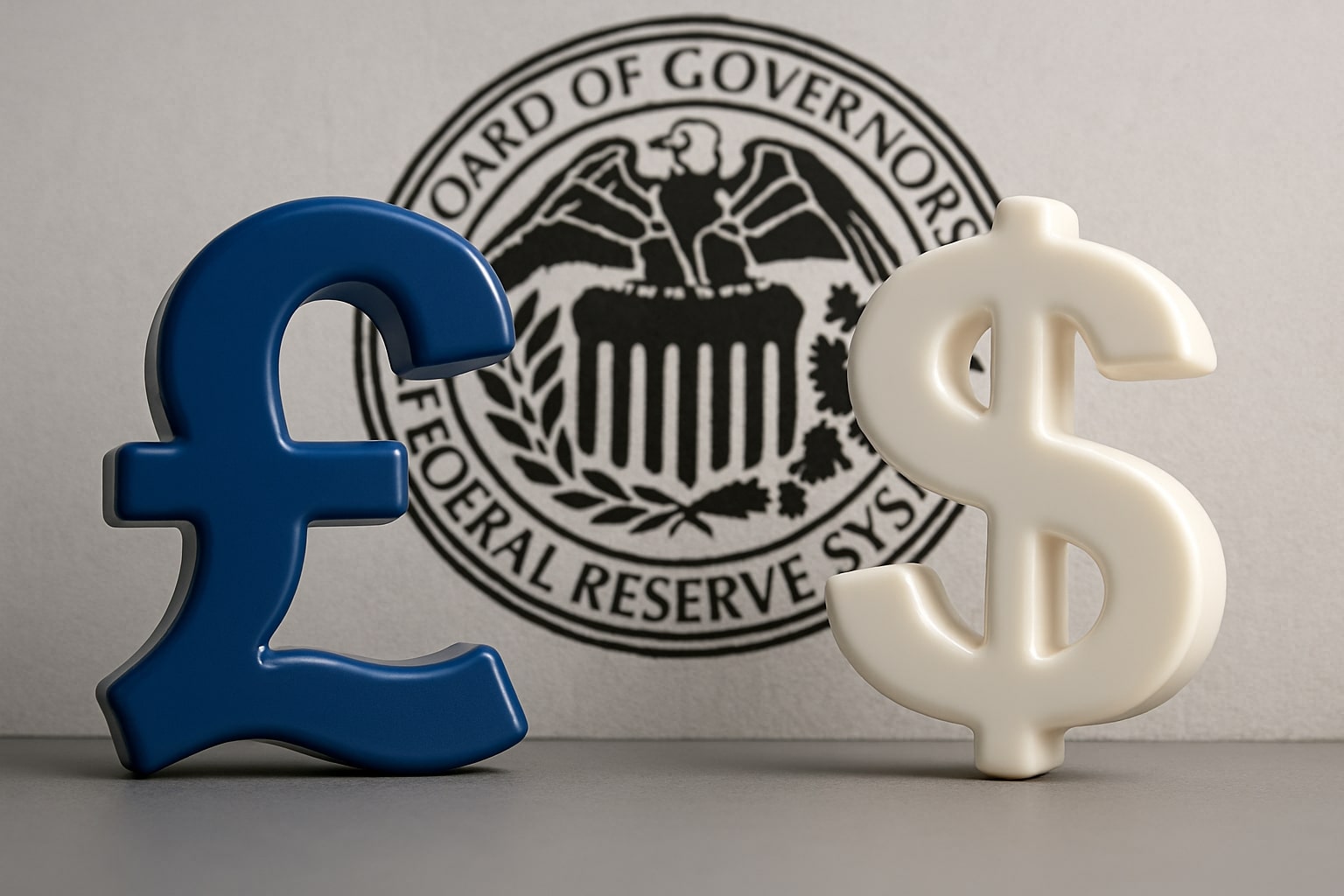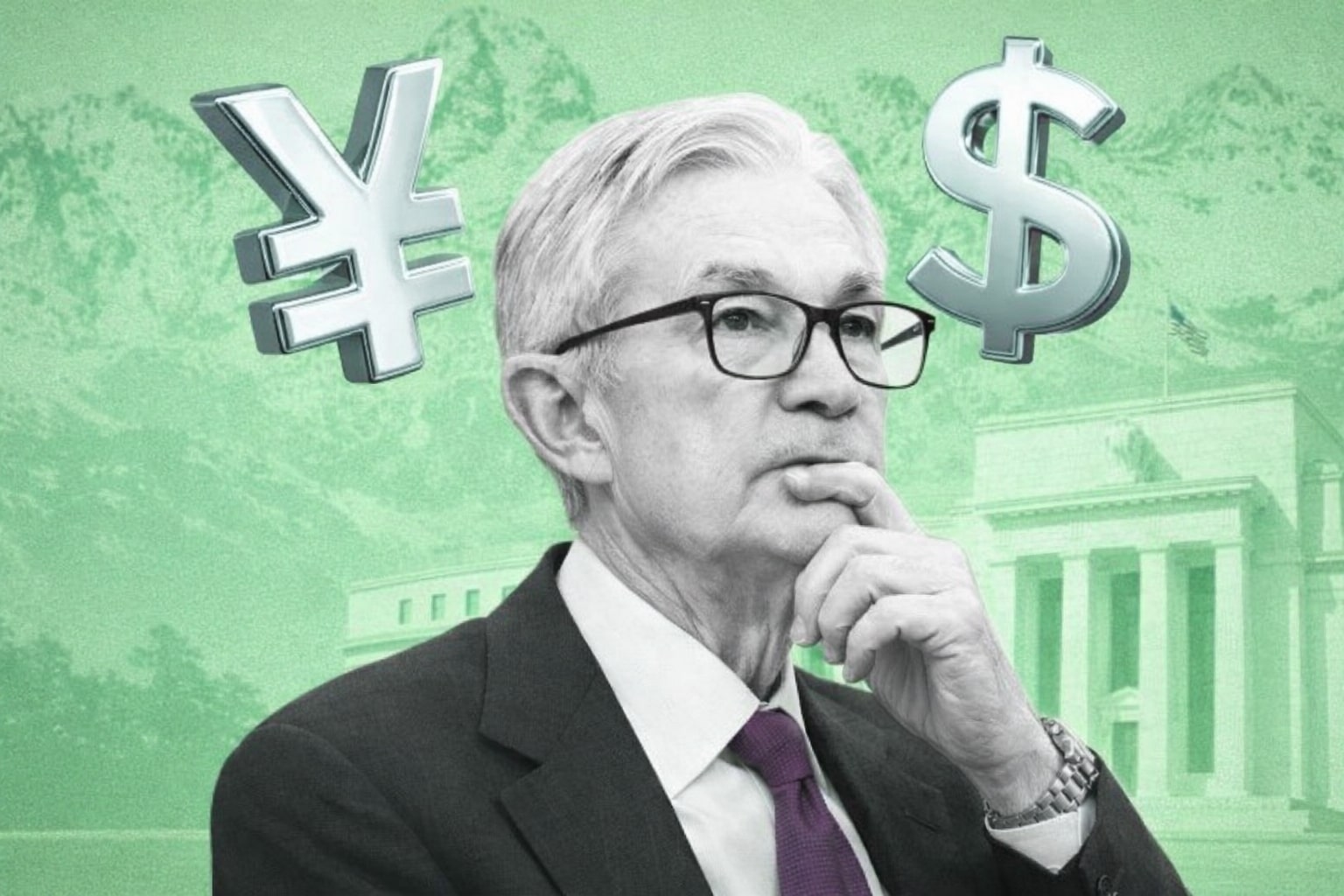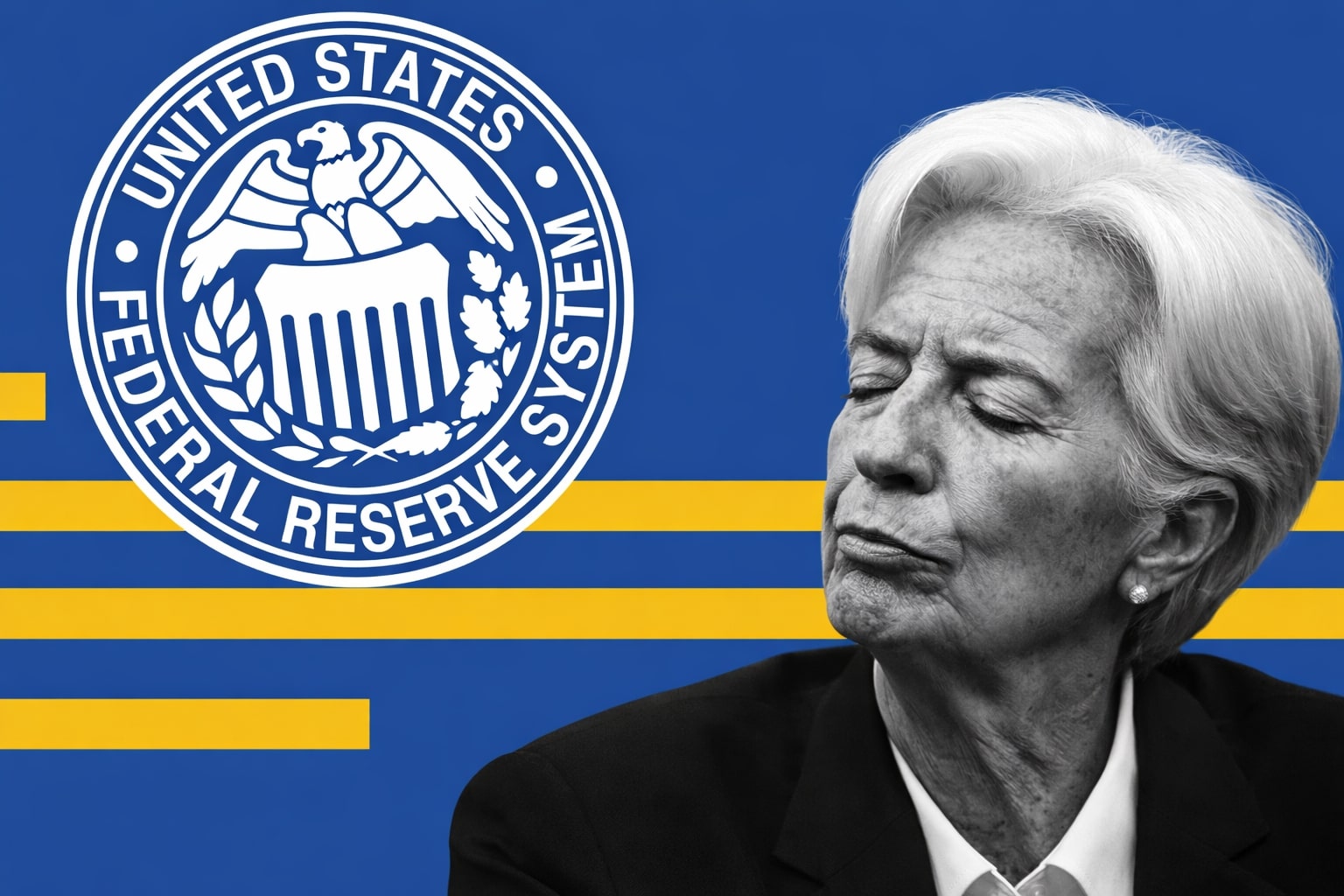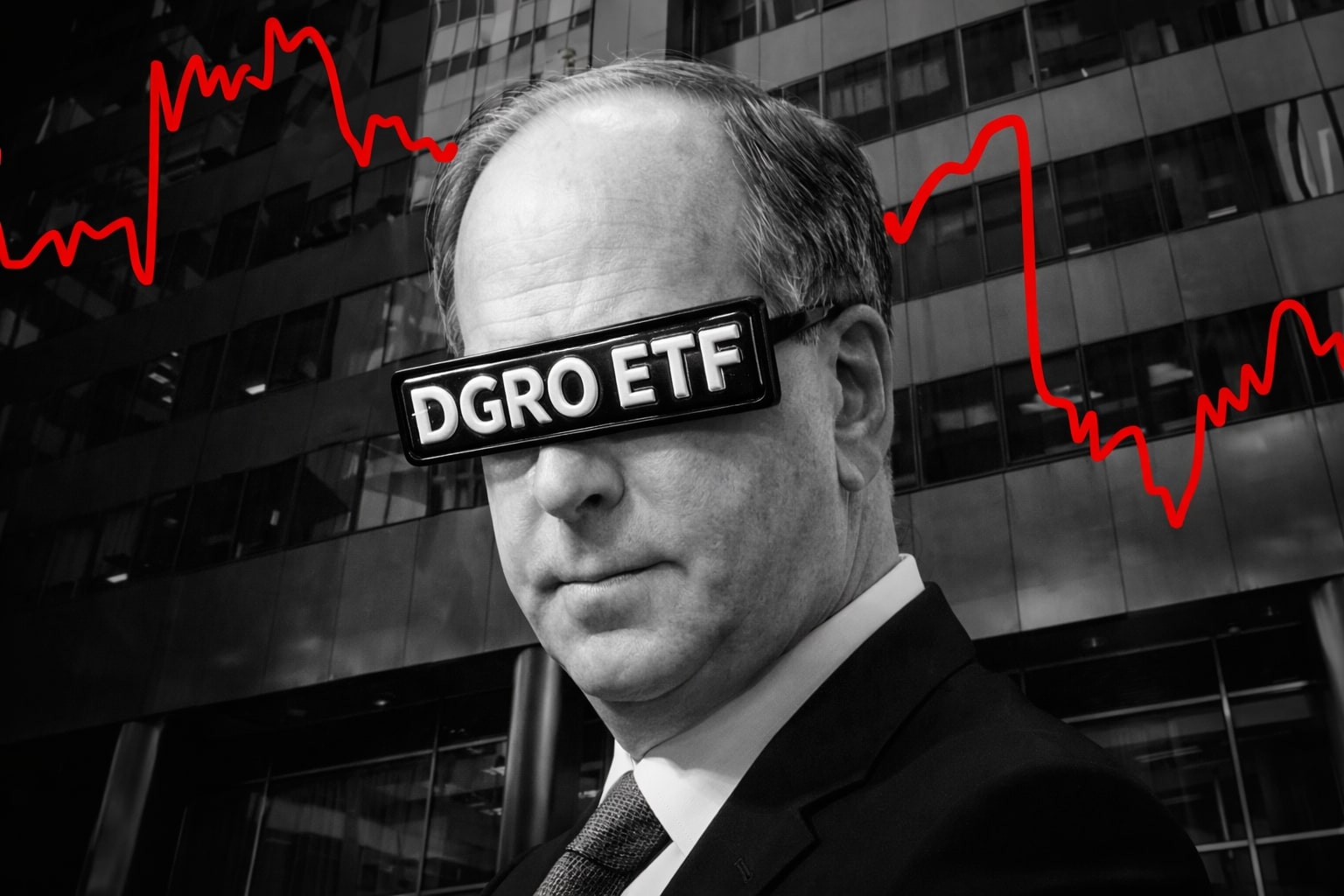
Eur/USD Price Presses 1.1600 on Disappointing U.S. Data and Fed Easing Odds
EUR/USD rose to 1.1570 as weaker ISM Services and payrolls reports boosted the prospect of a September rate cut, even as fresh U.S. tariffs on Indian imports stir inflation concerns | That's TradingNEWS
Global Macroeconomic Backdrop and Dollar Dynamics
EUR/USD climbed back toward 1.1600 as U.S. data painted a softer picture of American growth while traders ramped up bets on Federal Reserve easing. July’s ISM Services PMI unexpectedly slid to 50.1, its weakest in over a year, and the nonfarm payrolls report showed a mere 73,000 new jobs versus the 104,000 consensus. These disappointments drove the U.S. Dollar Index down to 95.5 and pushed the 10-year Treasury yield back to 4.24 percent. As Fed funds futures now price in near a 90 percent chance of a September rate cut—up from 63 percent at the start of the week—the dollar has forfeited some of its safe-haven premium, leaving EUR/USD to benefit from the greenback’s retracement.
Eurozone Inflation, ECB Policy and Cross-Currency Flows
While U.S. indicators have weakened, Eurozone inflation held steady at 2.0 percent year-on-year in July, matching forecasts and underscoring persistent price pressures. ECB minutes reveal a clear majority of policymakers favoring a pause at September’s meeting, keeping deposit rates at 4.00 percent with markets assigning less than a 30 percent probability to a cut. German industrial production and trade figures due Thursday may offer fresh impetus for the euro, but for now, cross-currency flows show that ETF inflows into European assets have partially offset retail dollar repatriation, supporting EUR/USD around 1.1570.
Technical Convergence and Short-Term Catalysts for EUR/USD
EUR/USD’s four-hour chart remains enclosed within a symmetrical triangle that has confined price action since late June. The 20- and 50-period EMAs converge near 1.1560, with the 100-day EMA just below at 1.1540, forming an EMA cluster that has repeatedly arrested declines. The pair has repeatedly stalled at the 1.1603 level, aligned with the 50-day moving average and a series of lower highs around 1.1630. Key support lies at 1.1520—the pivot identified by OCBC—and 1.1480, corresponding to UOB’s suggested range floor and the 38.2 percent Fibonacci retracement of the April–July rally. Hourly RSI has traced higher lows against an ascending trendline, and Bollinger Bandwidth has contracted toward multi-week lows, signaling that volatility squeeze may precede a breakout once data catalysts emerge.
Trade-War Headwinds, Tariff Uncertainty and Seasonal Liquidity
President Trump’s announcement of an additional 25 percent levy on Indian imports, effectively raising U.S. tariffs to 50 percent on those goods, underscores the unpredictable trajectory of trade policy. Further duties on semiconductors and pharmaceuticals are on the horizon, potentially stoking imported inflation and prompting intermittent flight to dollar assets when risk aversion flares. Compounding this, summer liquidity conditions traditionally dampen forex volatility, leaving EUR/USD to trade within UOB’s long-eroded range of 1.1480–1.1660 until fresh impetus arrives from economic releases such as Eurozone retail sales and German IP on Thursday or Friday’s U.S. retail sales and services PMI.
Strategic Stance: Hold
EUR/USD’s near-term behavior will hinge on its ability to sustain above 1.1600 and reclaim 1.1630 with conviction or, alternatively, on whether support at 1.1520 gives way and drags the pair toward 1.1480. A neutral posture is warranted until the euro-dollar exchange rate decisively breaks either threshold, as the interplay of Fed easing expectations, ECB policy divergence, and tariff-induced volatility continue to shape directional bias.
That's TradingNEWS
Read More
-
DGRO ETF Price: Is DGRO at $69.17 Still the Better Dividend-Growth Bet?
17.12.2025 · TradingNEWS ArchiveStocks
-
XRP Price Stuck Below $2 As XRPI at $10.74 and XRPR at $15.26 Ride $1B+ ETF Inflows
17.12.2025 · TradingNEWS ArchiveCrypto
-
Natural Gas Price Forecast - NG=F Steady Near $4 as TTF Jumps on Colder Forecasts and LNG Outage Risk
17.12.2025 · TradingNEWS ArchiveCommodities
-
USD/JPY Price Forecast: USDJPY=X 155.50 Pivot Before BoJ Hike and US CPI
17.12.2025 · TradingNEWS ArchiveForex



















